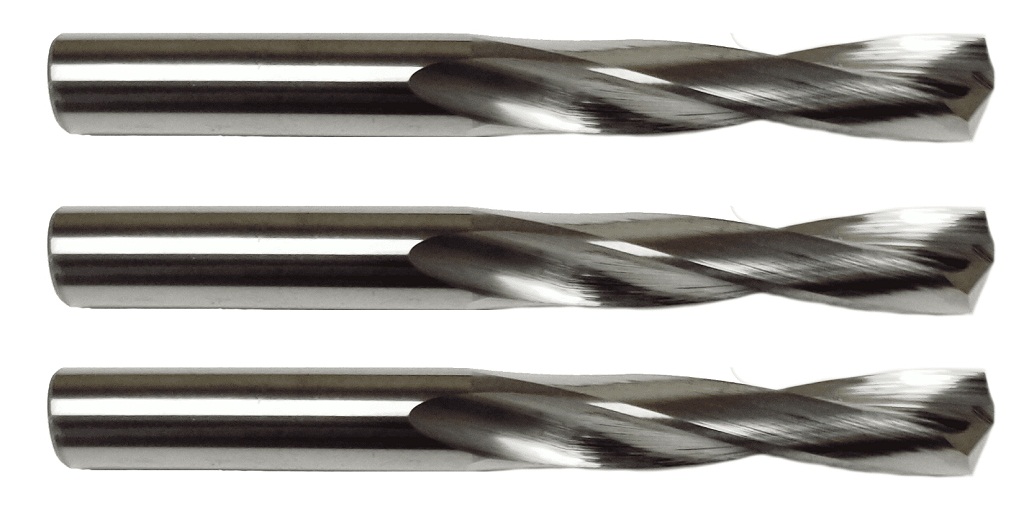
CNC machining not only entails high tool speeds, but it is also an intermittent process. Consequently, depending on the speed at which you run the tool, the tool itself, and what you’re cutting, the temperature involved can swing by several hundred degrees.
It might seem, then, that keeping the tool and material cooler can be beneficial to tool life as well as to the finished product, but “whether or not you should use coolant” is not as simple as this. Here are a few things you need to know.
What Are the Benefits of Using Cutting Fluid?
Cutting fluid, which is a type of coolant that is sometimes applied during certain machining procedures, can offer some potential benefits.
Also known as wet coolant and cutting lubricant, cutting fluid helps to prevent the wild swings in temperature that occur at the cutting surface by diminishing the effects of friction between the two surfaces. In certain circumstances, cutting fluid can also facilitate the cutting process as well as chip removal.
Coolant can help mitigate thermal shock, lessen the thermal load, and reduce the concentration of metal dust as well.
When used appropriately, cutting fluid can improve machining processes and accuracy and result in a superior finish. It can also potentially extend the life of cutting tools, boosting overall profitability.
Should You Use Cutting Fluid?
While it might seem like the use of cutting fluid is a foregone conclusion, this is not the case. There are some situations in which the use of liquid coolant can be detrimental to machining.
For instance, while cutting fluid can be used to mitigate thermal shock and thermal load, the more extreme the shifts in temperature, the more untenable the use of cutting fluid becomes.
Rough milling, for example, should generally be performed dry. As long as the machine’s parameters are set properly and the right tools are used, cutting fluid should not be applied.
Some instances in which cutting fluid is generally considered beneficial include the following:
– In finishing stainless steel or aluminum, to prevent ruining the surface and ensure a smoother, more consistent finish.
– When milling components with thin walls, which can be damaged by extreme temperatures or stresses.
– To minimize heat generated while milling certain alloys at low speeds.
Are All Machining Coolants Liquid?
It is also important to note that not all coolants are liquid. Some cutting coolants are actually applied in the form of compressed air.
Compressed air cools the cutting tool and chips, although it does not do so as well as liquid (oil or water-based) coolants. In addition, compressed air does not lubricate the tool or cutting surface. It is often used as a coolant when milling very hard materials at high speeds and making light cuts.
Coolant is also sometimes applied in the form of a mist. Mist is generally used when heat and chip evacuation are not major concerns.
Visit Online Carbide for High-Quality Carbide Drills, End Mills, Stub Drills, and More
While coolant can potentially extend tool life and improve the quality of a finished material, it’s equally important to use high-quality tools that are suitable for a job; for instance, using stub drills instead of jobbers’ length drill bits for making shallow cuts can potentially extend tool life and overall productivity and profitability.
It also starts with using quality cutting tools. Visit Online Carbide today at OnlineCarbide. They produce high-end, solid carbide cutting tools, including thread mills, end mills, spot drills, jobber drills, stub drills, and more, made in America and all available at great prices.
They’re also experts in their sphere. If you have any questions about the quality of their cutting tools or need to know a little more about the use of coolant in CNC applications, get in touch with them at Sales@OnlineCarbide.com.


